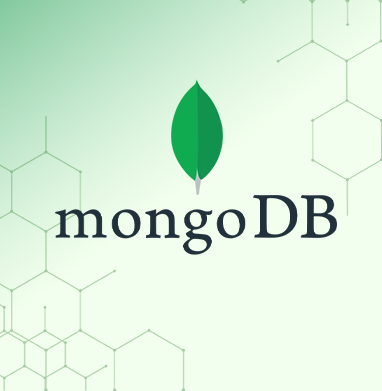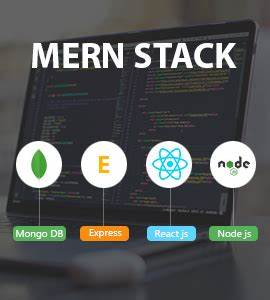MongoDB is a NoSQL (Not Only SQL) database management system that provides a flexible and scalable approach to storing and retrieving data. It is designed to handle large volumes of unstructured or semi-structured data and is particularly well-suited for applications that require high performance, scalability, and agility. MongoDB is an open-source, document-oriented database, and it stores data in BSON (Binary JSON) format.
Key features and concepts of MongoDB include:
- Document-Oriented: MongoDB stores data in flexible, JSON-like documents called BSON documents. These documents can have nested arrays and subdocuments, allowing for a rich and expressive data model. Each document in a collection can have a different structure.
- Collections: MongoDB organizes documents into collections. A collection is a group of MongoDB documents, and it is roughly equivalent to a table in a relational database. Collections do not enforce a schema, allowing for dynamic and schema-less data storage.
- JSON-Like Query Language: MongoDB uses a query language that is similar to JSON to query and manipulate data. This makes it easy for developers to work with the database using a syntax that is familiar and intuitive.
- Indexes: MongoDB supports the creation of indexes to improve query performance. Indexes can be created on single or multiple fields, and they accelerate the retrieval of data by allowing MongoDB to quickly locate documents matching certain criteria.
- Scalability: MongoDB is designed to scale horizontally, meaning that it can distribute data across multiple servers or clusters. This allows for easy scaling as the data volume and traffic increase, providing better performance and fault tolerance.
- Aggregation Framework: MongoDB includes a powerful aggregation framework that allows for data transformation and analysis. It provides operators and expressions to filter, project, group, and sort data, enabling complex data manipulations within the database.
- Replication: MongoDB supports replication, allowing for the creation of copies of the database on different servers. Replication provides redundancy and high availability, ensuring that if one server fails, another can take over.
- Sharding: Sharding is a technique used by MongoDB to distribute data across multiple servers to improve horizontal scalability. Each shard is an independent database that can be distributed across a cluster.
- Geospatial Indexing: MongoDB supports geospatial indexing, making it well-suited for location-based applications. It can efficiently store and query spatial data such as points, lines, and polygons.
MongoDB is widely used in various industries and application domains, including content management systems, e-commerce platforms, real-time analytics, and more. Its flexible schema and scalability make it a popular choice for developers building modern, dynamic applications.





Reviews
There are no reviews yet.